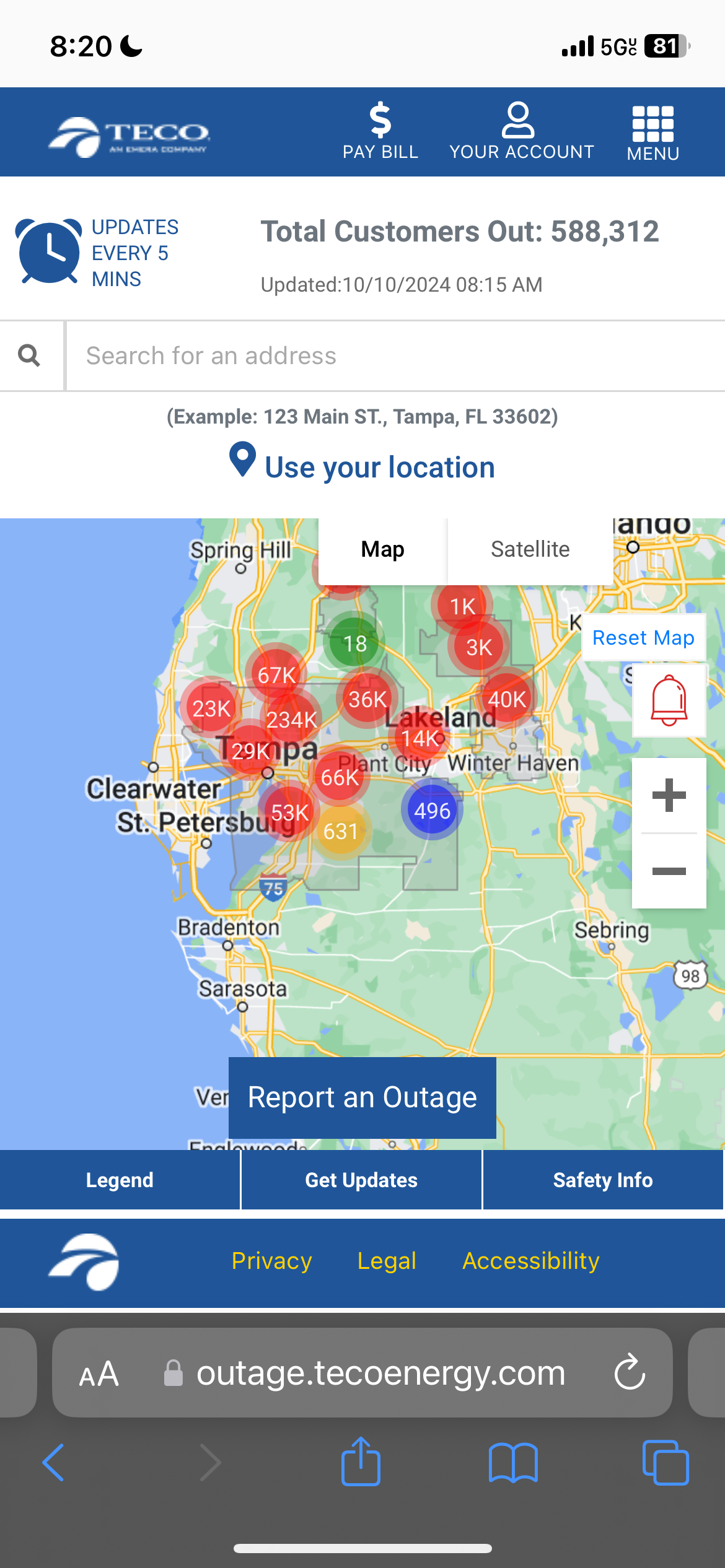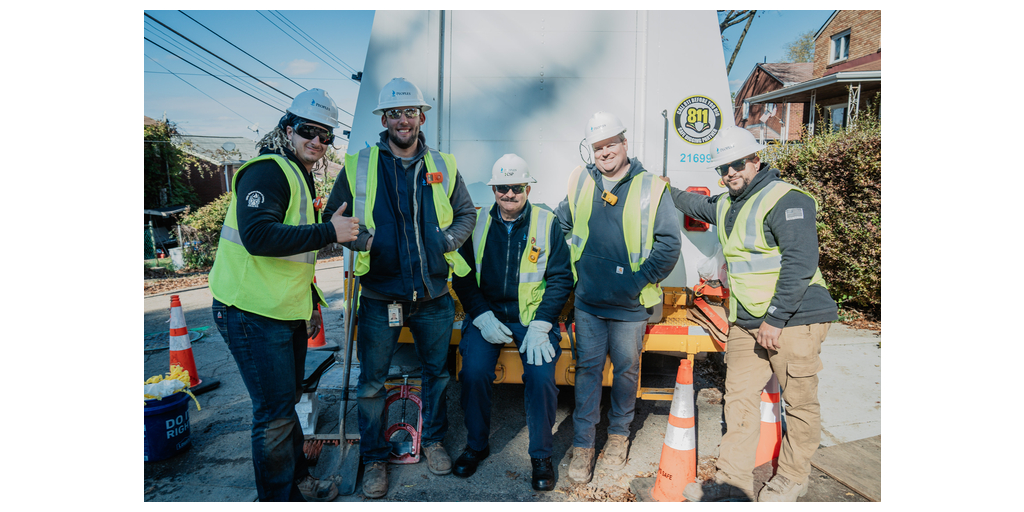Backed by more than 130 years’ mining industry experience, ABB is finding new, more accessible digitalisation avenues for its customers.
The mining industry is rapidly advancing to meet performance expectations and competitive pressures. Companies are finding innovative ways to improve efficiency, increase output, and enhance environmental performance.
By completing a task faster and using fewer resources, miners can emit fewer greenhouse gases and limit costs, supporting bottom lines and capital management.
The need for efficiency has never been more multi-faceted, and digitalisation has opened the door to new ways of unlocking productivity while maintaining safe operations.
However, implementing a digital transformation is a process that takes time and can be daunting for some mining companies. Sanjit Shewale, global head of ABB’s Digital for the Process Industries division, acknowledges the challenges companies face in adopting digital technologies.
“Since the mid-2010s, the digital transformation has undergone cycles, prompting some companies in the mining industry to adopt a wait-and-see approach for stabilisation,” Shewale told Australian Mining. “The process can be overwhelming, and previous attempts, like pilot projects, that didn’t yield desired results have left companies lacking confidence. However, those experiences belong to the past.”
To simplify the digital transformation process, Shewale emphasises the importance of patience.
“The biggest problem in a digital transformation is the change management process within a company, and you need to show some success,” he said. “So you need to start small; you need to prove something out, show the success and ride the wave of that success.”
ABB leverages its more than 130 years of experience in the mining industry to provide electrification, automation and digitalisation solutions.
The company’s digital transformation blueprint is built on five value pillars: sustainability, asset performance management, process performance, operational excellence, and a connected workforce, focusing on cybersecurity across the five value pillars.
ABB’s solutions are accessible to both large and small mining companies, enabling them to embrace a digital transformation. Shewale advises mapping out a digital transformation roadmap once initial successes are achieved and change management processes are embraced.

“In the last few years, we’ve seen successful implementations of digital transformations, and within the mining industry, we implement a proper roadmap with our customers,” he said.
A digital transformation roadmap helps visualise the transition in stages and provides a clear path for companies to follow.
Starting with data, companies need to ensure they have relevant data that reflects the right understanding of real-world applications. Understanding the operational landscape and integration points is crucial for successful implementation.
Shewale said the data needs to “speak the language of the mining operators” where it can be easily understood on the ground. Then a company must understand its operational landscape and integration points.
“There are many different systems on one site, and there are integrations – some might be homegrown solutions, some might be from ABB or another vendor, incorporating many different systems and applications,” Shewale said.
When corporations try to standardise, it becomes challenging when different sites have different applications.
“What further complicates it is when you take that same company but a different site, and the company has procured another application from another vendor,” Shewale said. “When corporations try to standardise, it becomes challenging when different sites have different applications.
“It’s important that first, a company needs to define what data they want. Then they need to map out their landscape and integration points, which can lead to an overview of a site highlighting low-hanging fruit, which is easier to work on first. You start there, you learn from it, get some success and move forward.”
Shewale highlights the importance of avoiding a rushed “big bang approach” and focusing on use cases that define initiatives.
“If I go back about five years, for example, there were substantial initiatives – an asset performance management (APM) solution across a significant number of a company’s assets, for example,” he said. “Today, that one APM deployment years ago may have turned into 10-to-20 different use cases where a single use case would be for a set of critical assets for a specific process.
“You may have a roadmap with a series of use cases – this ties back to starting small and showing success, and working on smaller use cases also helps in standardisation because when you move onto the subsequent use case, you reuse the techniques from the previous use cases.”
Shewale said a digital transformation doesn’t have a start and an end; instead, it is a continuous journey that becomes the nature of the business.
“You get the roadmap in place, analyse use cases, work on high-value projects first, and then as you get confidence, you start incorporating your roadmap into larger projects,” he said. “You can continue to build on your applications as technology keeps evolving.”
Having successfully delivered digital transformations for mining customers, ABB has a proven method to get customers where they need to go. And digital transformations could call on one or more of ABB’s value pillars.
This feature appeared in the July 2023 issue of Australian Mining.




